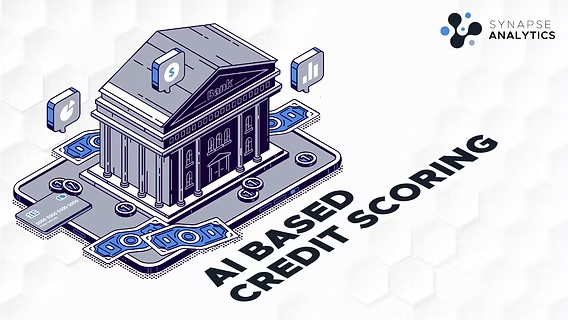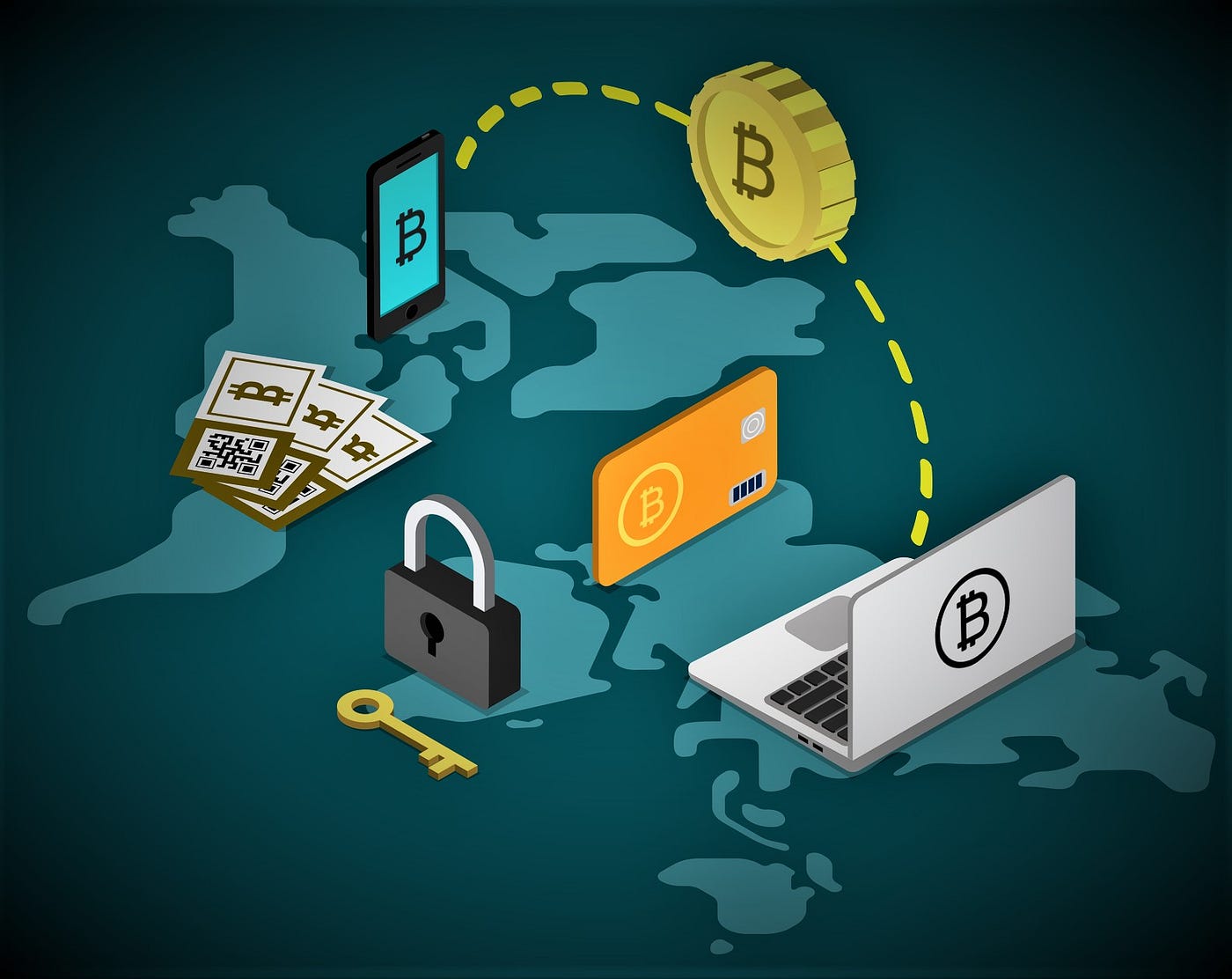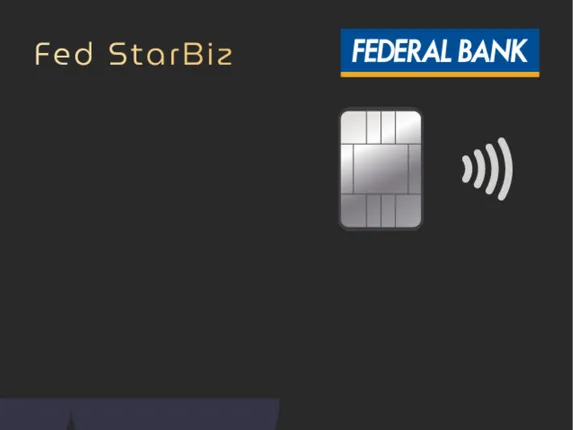Global Expansion Strategies for FinTechs in Emerging Markets: A Playbook for Leaders
2nd August 2025
 The Evolution of Fintech Regulation: What’s Next?
The Evolution of Fintech Regulation: What’s Next?
 How AI is Transforming the Credit Scoring System
How AI is Transforming the Credit Scoring System
 The Impact of 5G on Fintech Services
The Impact of 5G on Fintech Services
 How Open Banking is Shaping Financial Services Globally
How Open Banking is Shaping Financial Services Globally
 Biometric Payments: The Next Big Trend in Secure Transactions
Biometric Payments: The Next Big Trend in Secure Transactions
 The Rise of Contactless Payments: Benefits and Security Concerns
The Rise of Contactless Payments: Benefits and Security Concerns
.jpg) The Future of Payments: Trends Reshaping Transactions in 2025
The Future of Payments: Trends Reshaping Transactions in 2025
 Top Fintech Innovations Shaping 2025: The Future of Finance
Top Fintech Innovations Shaping 2025: The Future of Finance
 Flipkart Gets a Lending Licence: A Bold Leap into Embedded Finance
Flipkart Gets a Lending Licence: A Bold Leap into Embedded Finance
 The Role of Cryptocurrencies in Cross-Border Payments
The Role of Cryptocurrencies in Cross-Border Payments
 What the Future Holds for Digital-Only Banks: Navigating the Next Era of Banking
What the Future Holds for Digital-Only Banks: Navigating the Next Era of Banking
 QR Codes and the Cashless Leap: Transforming India's Financial DNA
QR Codes and the Cashless Leap: Transforming India's Financial DNA


12 May 2025
3 min read
244
As globalization accelerates, the need for fast, transparent, and cost-effective cross-border payment solutions has never been greater. Traditional banking systems often struggle with high fees, delayed settlements, and lack of transparency. Cryptocurrencies and blockchain technology are emerging as powerful tools to modernize this space, offering new opportunities for both businesses and individuals.
Conventional international transfers often face:
High transaction costs
Delays of 2–5 business days
Currency conversion inefficiencies
Lack of transparency in intermediary processes
These limitations can heavily impact SMEs, migrant workers sending remittances, and financial institutions needing real-time settlement options.
Cryptocurrencies, particularly stablecoins and tokenized assets, are solving many of the inefficiencies plaguing cross-border transactions. Here's how:
1. Speed and Efficiency
Blockchain-powered transfers settle in real-time or within minutes, eliminating the wait times associated with SWIFT or correspondent banks.
2. Reduced Costs
By cutting out intermediaries, cryptocurrency payments significantly lower transaction fees—especially important in remittance-heavy corridors like Southeast Asia and Sub-Saharan Africa.
3. 24/7 Availability
Unlike traditional banks, crypto networks operate around the clock, offering true borderless, time-independent transactions.
4. Transparency and Traceability
Every transaction on a public blockchain is verifiable and immutable, reducing fraud and increasing trust between parties.
Modern cross-border crypto systems use:
Stablecoins (e.g., USDC, USDT) to mitigate volatility
Smart contracts for automated compliance and settlement
Tokenization to digitize fiat or assets for faster exchange
Interoperable blockchains that allow seamless communication between different networks and currencies
While cryptocurrency offers decentralization, concerns around KYC/AML compliance, fraud, and regulatory risk remain. To address this:
Crypto exchanges and wallets are integrating with regulated financial institutions
Blockchain analytics tools monitor suspicious transactions in real time
Emerging standards from entities like FATF and ISO 20022 help align crypto payment systems with global compliance expectations
Businesses are increasingly leveraging blockchain-based cross-border payment solutions for:
Payroll and vendor settlements
B2B trade settlements
Gig economy and freelancer payouts
Global remittances
Major fintech platforms and banks are now exploring partnerships with crypto payment gateways to streamline international money movement.
The future of cross-border payments is undeniably digital and decentralized. With continued innovation in layer-2 scaling, CBDCs (Central Bank Digital Currencies), and interoperable protocols, cryptocurrencies are well-positioned to redefine how value moves across borders.
However, for widespread adoption, regulatory clarity, scalable infrastructure, and user education will play crucial roles.
Cryptocurrencies are not just speculative assets—they are tools of transformation. As the world moves toward faster, cheaper, and more transparent ways of transferring value, blockchain-based cross-border payment solutions will become integral to the global economy.
Are you already using cryptocurrency for international transfers? Share your experiences.
Read Next
 Article
Article
 News
News
 Article
Article
 Blog
Blog
 News
News
 News
News
Live Polls
Live Discussion
Topic Suggestion
Whom Do You Wish To Hear
Sector Updates
Leave your opinion / comment here